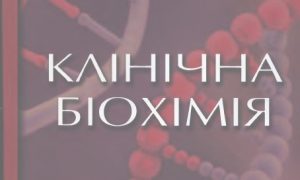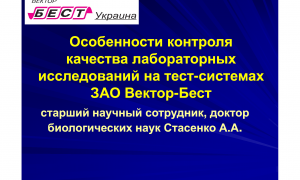| Dear All,
following the agreement on mutual cooperation between EFLM and W. de Gruyter for Clinical Chemistry and Laboratory Medicine (CCLM), it has been planned to send regularly to the EFLM contacts the table of contents of CCLM issues and the list of future titles as well. I do hope you will appreciate the initiative which is intended as a further service by EFLM to our European professional community. CCLM is published on a monthly basis and is the most relevant Journal on Clinical Chemistry in Europe; it is a valuable and updated source of knowledge for the professionals in the field, well recognized all over the world. The CCLM 2017 Impact Factor is 3.556. With kindest regards, |
| A new issue of ‘Clinical Chemistry and Laboratory Medicine (CCLM)’ is available online from De Gruyter Online: Volume 57, Issue 11
Click on the following links to view the new contents. Identification and management of spurious hemolysis: controversies, concerns and criticisms CYP24A1 and SLC34A1 genetic defects associated with idiopathic infantile hypercalcemia: from genotype to phenotype Meta-analysis: compared with anti-CCP and rheumatoid factor, could anti-MCV be the next biomarker in the rheumatoid arthritis classification criteria? Collection, transport and storage procedures for blood culture specimens in adult patients: recommendations from a board of Italian experts Using the hemoglobin-binding Staphylococcus aureus protein IsdH to enable plasma analysis of hemolyzed blood samples Handling of hemolyzed serum samples in clinical chemistry laboratories: the Nordic hemolysis project Clinical biomarker innovation: when is it worthwhile? Impact of total automation consolidating first-line laboratory tests on diagnostic blood loss Diagnostic and prognostic value of the D-dimer test in emergency department patients: secondary analysis of an observational study Screening of chemical libraries in pursuit of kallikrein-5 specific inhibitors for the treatment of inflammatory dermatoses Comparison of five automated urine sediment analyzers with manual microscopy for accurate identification of urine sediment Establishment of an international autoantibody reference standard for human anti-DFS70 antibodies: proof-of-concept study for a novel Megapool strategy by pooling individual specific sera Only monospecific anti-DFS70 antibodies aid in the exclusion of antinuclear antibody associated rheumatic diseases: an Italian experience Performance evaluation of an Indoxyl Sulfate Assay Kit “NIPRO” Variable and inaccurate serum IgG4 levels resulting from lack of standardization in IgG subclass assay calibration Influence of hypertriglyceridemia, hyperbilirubinemia and hemolysis on thrombin generation in human plasma Reference intervals for serum total vitamin B12 and holotranscobalamin concentrations and their change points with methylmalonic acid concentration to assess vitamin B12 status during early and mid-pregnancy Serum concentrations of free fatty acids are associated with 3-month mortality in acute heart failure patients Management of potassium results in haemolysed plasma samples at the emergency department laboratory Unexpected analytical interference in isavuconazole UV determination in a child in therapy with lumacaftor/ivacaftor for cystic fibrosis Total laboratory automation has the potential to be the field of application of artificial intelligence: the cyber-physical system and “Automation 4.0” 99th percentile upper reference limit of AccuTnI+3 in a Korean reference population: a multicenter study using fresh serum Roche Troponin T hs-STAT meets all expert opinion analytical laboratory practice recommendations for the use of the differential diagnosis of acute coronary syndrome A comparison of biotin interference in routine immunoassays on the Roche Cobas 8000, Beckman Coulter DXi and Siemens Advia Centaur XPT immunoassay platforms The importance of the methodology and sample matrix when interpreting chromogranin A results The sudden death of the combined first trimester aneuploidy screening, a single centre experience in Belgium Reply to Luksic et al. Clin Chem Lab Med 2018;56(4):574–581 |
| European Federation of Clinical Chemistry and Laboratory Medicine (EFLM)
Silvia Cattaneo – Via Carlo Farini, 81 – 20159 Milano – Italy Tel: +39 389 5320051- e-mail: [email protected] – website: www.eflm.eu |





















